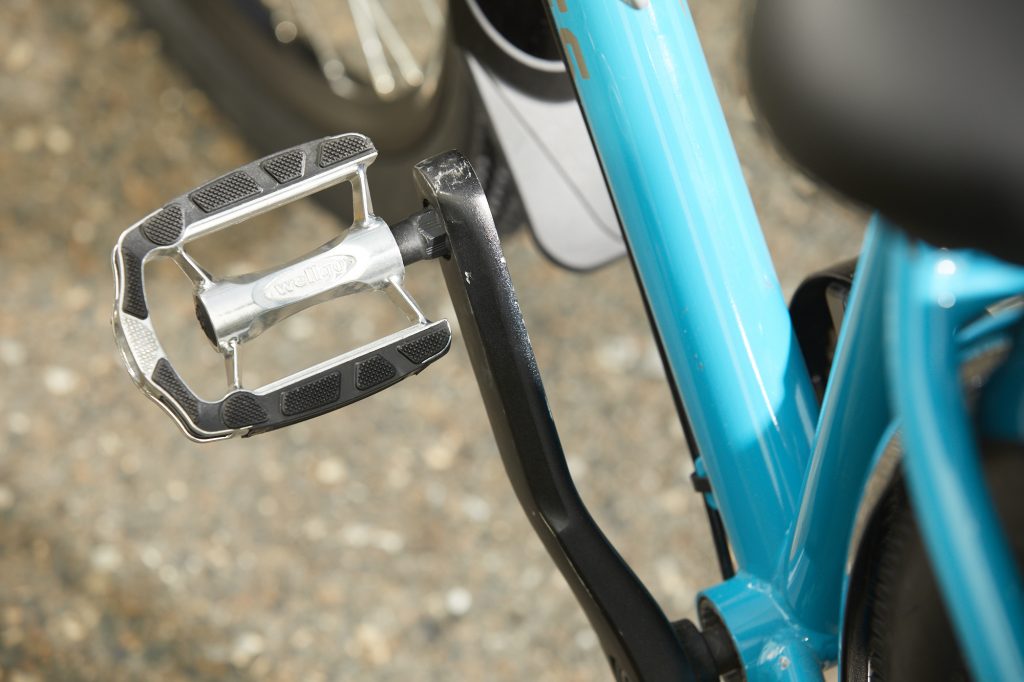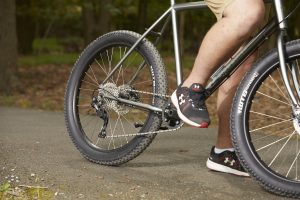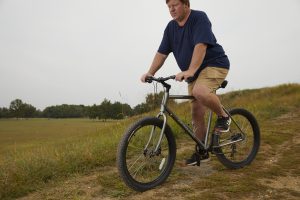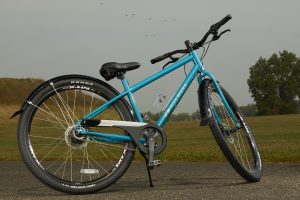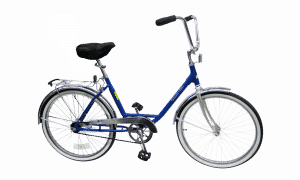One of the most important skills to learn in biking is how to brake effectively and safely during emergencies and on steep downhills. Proper braking is more than merely frantically squeezing your brake levers. Knowing basic braking techniques can even be life-saving. Take a look at these tips and guidelines in learning how to use the front or rear brake more effectively. You can also learn braking techniques under different road and environmental conditions:
FRONT AND REAR BRAKES
Walk a couple of steps, wheeling your bicycle along next to you then apply your front brake hard and release it. Keep walking and apply only the rear brake hard. You will notice that the front brake is more powerful than the rear brake (about three times stronger). You’ll also notice that applying it hard makes your back wheel lift.
When you’re on the road, such lift can turn into a fatal somersault. You may also notice that using the rear brake makes it lock. On the road, that can result to skidding.
To have control, here’s a good braking technique: use both your front and rear brakes, and sit well down on your saddle, placing your weight over your rear wheel to stabilize your bicycle. If you feel that your bike is skidding, slightly release your brake before squeezing them again.
FEATHERING
Practice feathering. It’s a braking technique of lightly and rapidly alternating pressure and release of the brakes. It prevents brakes from locking while controlling your speed.
This braking technique is also useful on long descents when constant pressure could cause wheel rims to overheat, glue on inner tubes to soften, and tires to burst.
On wet roads, this technique helps to dry the wheel rims. Do not corner and brake simultaneously. In case of an emergency when you really should brake in a corner, put the pressure on your rear brake. This may cause skidding, but it’s better than going over the handlebar.
GET FAMILIAR
Different types and models of brakes perform and respond differently. The way they work could can depend on other things such as wet weather, type of rim on the wheel, load of the bicycle, the speed of riding, and the gradient of the road. Get yourself familiar with the way your brakes work under various conditions. Study how long it takes and how much road or ground you cover before coming to a full stop from different speeds. Also, you have to visualize yourself using the brakes during an emergency. Know that brakes naturally work slower on wet road or ground than in dry.
Some important facts to know about braking:
- Bikes take longer to stop than cars.
- Bike brakes take longer to work when wheel rim is wet.
- Synthetic brake pads are the best kind to use in wet and dry weather. Rubber brake pads have a fair grip on aluminum, though. They skate over wet steel and could result in stopping distances that could be 4 to 5 times as longer as you would expect in dry conditions.
- Disc brakes in bikes are considered the most efficient braking technology.
- If oil gets in your rims, you must wipe it off and make sure it’s completely removed before hitting the road. Oil on the rims will largely reduce friction, causing brake pads to work inefficiently.
- Braking has the effect of throwing the rider’s weight forward and destabilizing the bike. In an abrupt stop, particulary when you are going downhill, this can push you over your front wheel. This is more likely to occur if you’ve applied the powerful front brake so suddenly.
- Abrupt braking using the rear wheel could make your bicycle skid out from under you.
For bicycles with disc brakes, visit Zize Bikes the maker of custom bicycles for every body, including bicycles for heavy people that can support weight up to 550 pounds: www.ZizeBikes.com.

